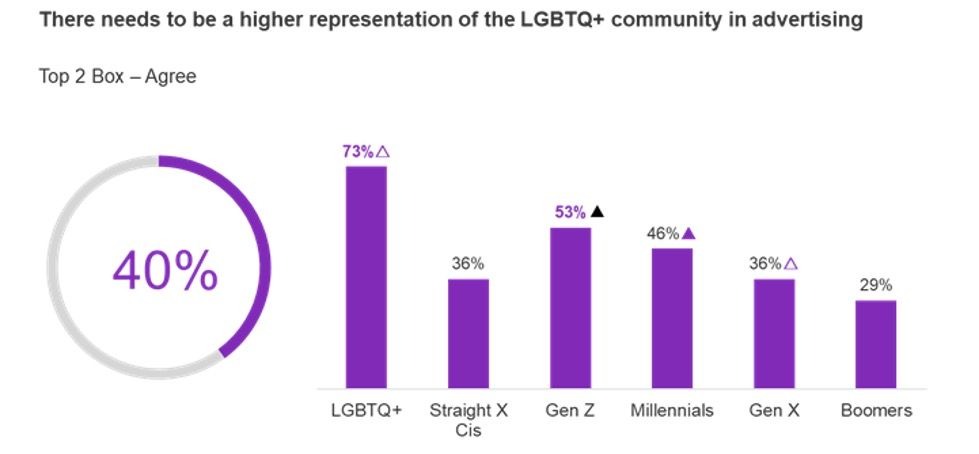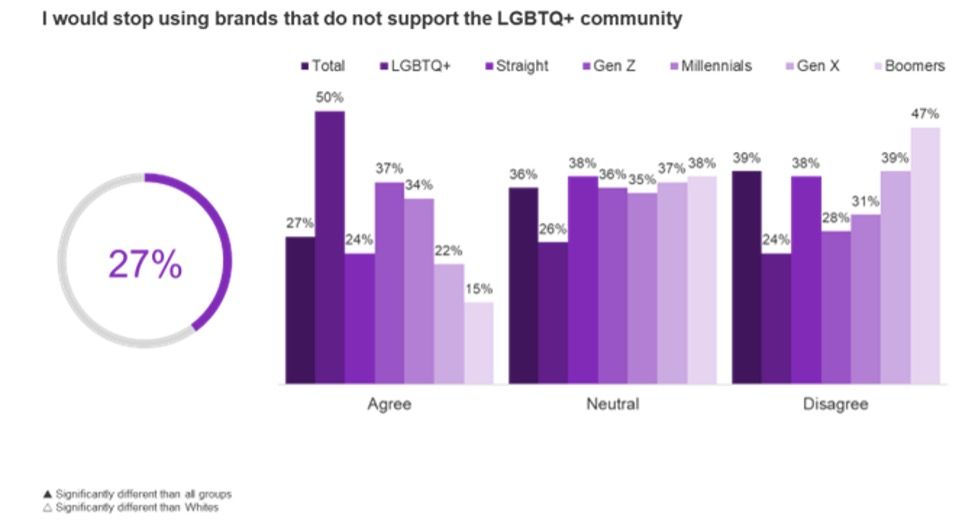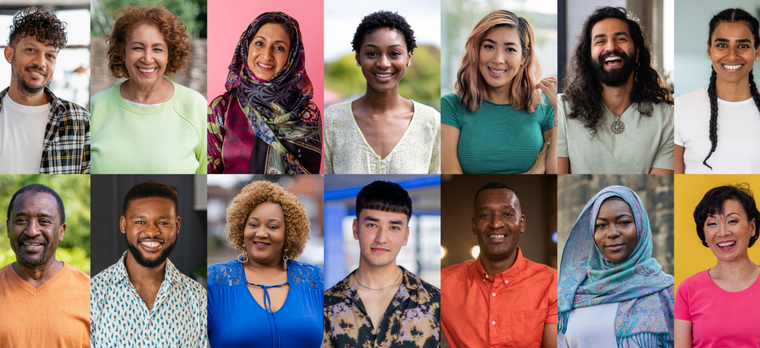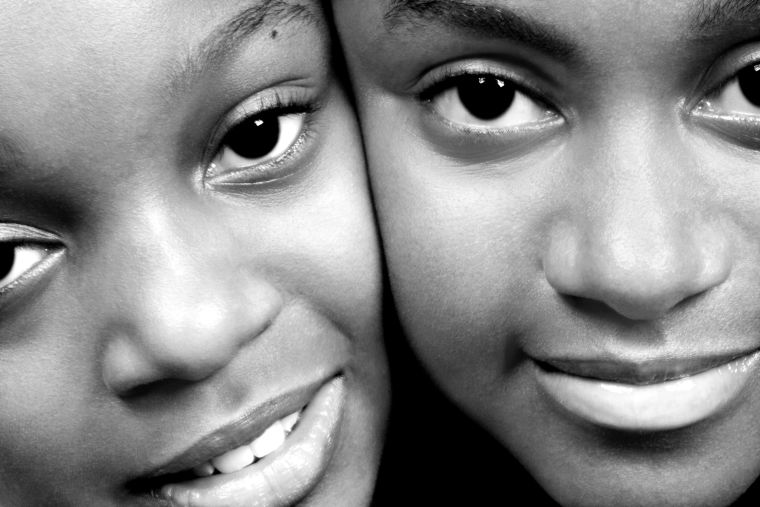3 ways to make your LGBTQ+ ad strategy more effective
Brands that don’t embrace diverse advertising and LGBTQ+ inclusion can alienate consumers and hurt sales.

Brands that don’t embrace diverse advertising and LGBTQ+ inclusion can alienate consumers and hurt sales. Consumers are increasingly looking to brands to be champions of change on matters of equality and representation.
65% of consumers say that it’s important that the companies they buy from actively promote diversity and inclusion in their own business or society as a whole. For brands, inclusive advertising – whether that’s diversity of race, gender, religion, or sexuality – is imperative. But how do you get it right?
We only see an overt representation of gay and lesbian characters in 1% of the ads that we test. Broadcast TV has been far more progressive than other media, with 12% of television series overtly representing the community and championing LGBTQ+ inclusion.
Purpose-driven advertising, including promoting LGBTQ+ inclusion, needs to be part of a brand’s purpose. The simple fact is LGBTQ+ inclusion in advertising is not only proven to increase acceptance in society, but it can also help the bottom line.
In order to get to the bottom of what it is that helps drive positive impact when it comes to representing LGBTQ+ in advertising, we assessed the reasons for the success and failure of ads.
What are the LGBTQ+ advertising benefits?
Inclusive advertising helps ROI
Increasing LGBTQ+ representation in advertising can have a positive impact on the LGBTQ+ community, Gen Z and Millennials, all of whom can impact the future ROI of a brand.

The LGBTQ+ community has huge spending power, with an estimated $1.4 trillion at their disposal.
27% of consumers say they are ready to stop using brands that do not support the LGBTQ+ community, and 50% of LGBTQ+ and over a third of Gen Z and Millennials would do the same. 43% would boycott anti-LGBTQ+ brands. If you’re looking for a way to boost ROI, diverse advertising is key.

Representation drives sales
It is clear from our databases that it is not enough to just ensure LGBTQ+ inclusion in your ads in order to drive sales. The key to brands releasing a successful ad campaign is to show underrepresented groups in a positive way. The table below gives an indication of just how diverse advertising and LGBTQ+ inclusion affects sales:

How to get LGBTQ+ advertising and representation right
Empathy is key to driving advertising success. Businesses should choose a strategy that is authentic to their messaging and their purpose. So how do you get this right?
1. Diverse casting
This means including members of the LGBTQ+ community as part of a diverse cast, respecting their identity and way of life as part of a diverse world, and showing the community as they are along with others.
LGBTQ+ celebrity casting helps increase awareness and support but needs to be accompanied by a theme that resonates with the community. A great example of LGBTQ+ inclusion done right is this ad from Gatorade.
The campaign highlights the equal capabilities of women and men in sports, focusing on channelling your inner competitor.
Over 70% of LGBTQ+ and straight respondents thought that the ad had a progressive view of modern society and a positive impact on those underrepresented among straight and LGBTQ+. The ad was in the top 25 percentile for involvement and the 96 percentile in terms of emotional engagement based on facial coding.
2. Inclusive family
There are ways to show a more diverse and inclusive family. The focus of portraying LGBTQ+ need not be only their identity. They also play the role of spouse, son, daughter, father or mother and showing those bonds and acknowledging them can go a long way in connecting with that audience.
Zola launched a series of commercials where various couples wonder what their wedding would have been like if it had been planned through the custom wedding website and one of which involves a lesbian couple’s wedding. The LGBTQ+ inclusion feels like a natural part of the storyline.

The ad also employs humour with the traditional vows being replaced. The ad was moderately Involving (top 40 percentile) and scored well (79%) on showing a progressive view of society and having a positive impact on those underrepresented in advertising among LGBTQ+.
It was also emotionally very engaging (96 percentile) based on facial coding and more enjoyable for LGBTQ+ compared to straight X Cis Gender. The kissing scene, however, did create dissonance among the straight and cisgender audience, 25% of whom found the ad spontaneously annoying. Therefore, showing affection between same-sex couples needs to be handled carefully, and the brands need to be prepared to take a stand in case of any backlash.
3. Inclusive stories
The third approach to getting LGBTQ+ inclusion right is by using emotionally powerful stories that touch on human truths, increase awareness, and inspire everyone. A better understanding of issues and aspirations helps to create more impactful ads.
Indeed demonstrated this amazingly well. The commercial stars actor River Gallo, who uses they/them pronouns in real life, and the campaign showed Indeed’s empathy for trans- and non-binary candidates on the hunt for employment. The initiative aligns with Indeed’s mission to “help all people get jobs.”

The ad was highly Involving (top 25) and scored well on showing a progressive view of society and having a positive impact on those underrepresented in advertising among LGBTQ+ (86%) and straight X cisgender community (72%).
LGBTQ+ consumers found the ad very engaging (89 percentile) based on facial coding.
Of all the ads we tested, this was the most enjoyable among the LGBTQ+ community, who appreciated the realistic casting and a story that took a page from some of the issues they deal with. The empathy shown was a powerful way to connect.
How advertisers can champion diverse advertising
Given the challenges the LGBTQ+ community faces, ads need to tell real and authentic stories that inspire, educate, and give hope. Empathy is key. Ads that make it clear what kind of difference a company is making for LGBTQ+ consumers have greater potential than ones that simply endorse and affirm LGBTQ+ people in general terms.
As we’ve seen, inclusion and LGBTQ+ inclusion and representation in advertising is not only morally the right option, but it is essential for modern brands to thrive in today’s society.
Deepak Varma
Head of Neuroscience Insights, North America at KantarDeepak Varma is Head of Neuroscience Insights at Kantar – North America. Deepak has been working with Kantar for over 6 years to improve insight delivery from neuroscience tools, including client-specific training programs, especially focusing on Facial Coding. He has over 13 years of experience in neuroscience (using EEG, Facial Coding and eye tracking) in the area of advertising, packaging, brand equity, product development and shopper solutions globally.
Over the last 3 years, Deepak has done extensive research on inclusion and diversity in advertising with a focus on race, gender and LGBTQ+ audiences. He has papers in ESOMAR, and ARF and has done several client workshops on the topic and brings a unique perspective to DEI using neuroscience techniques and measuring implicit bias.


